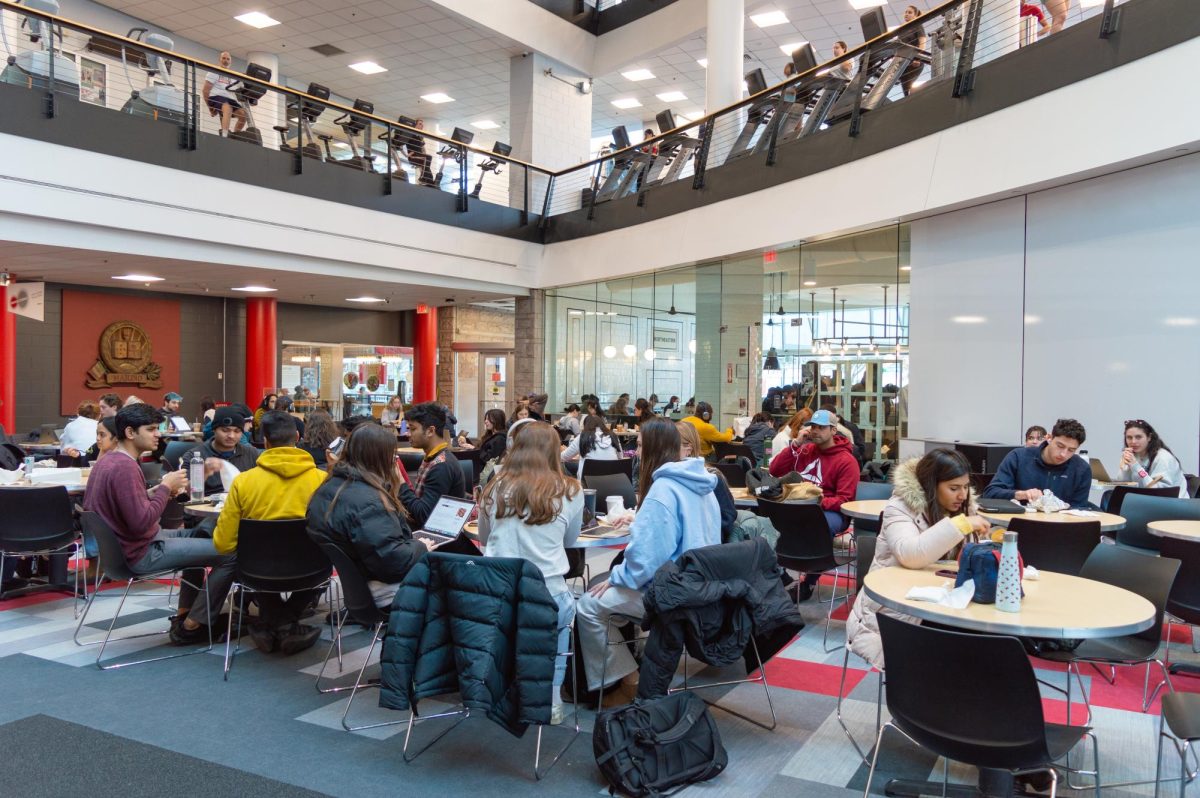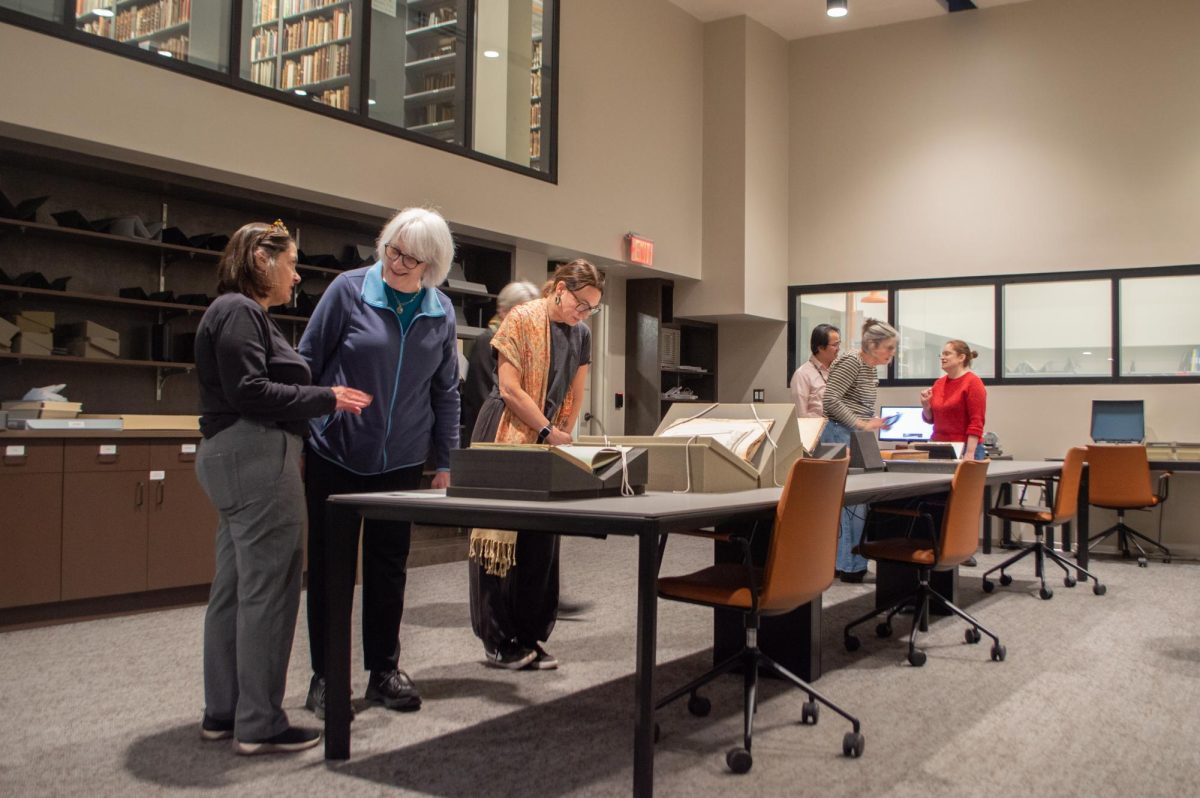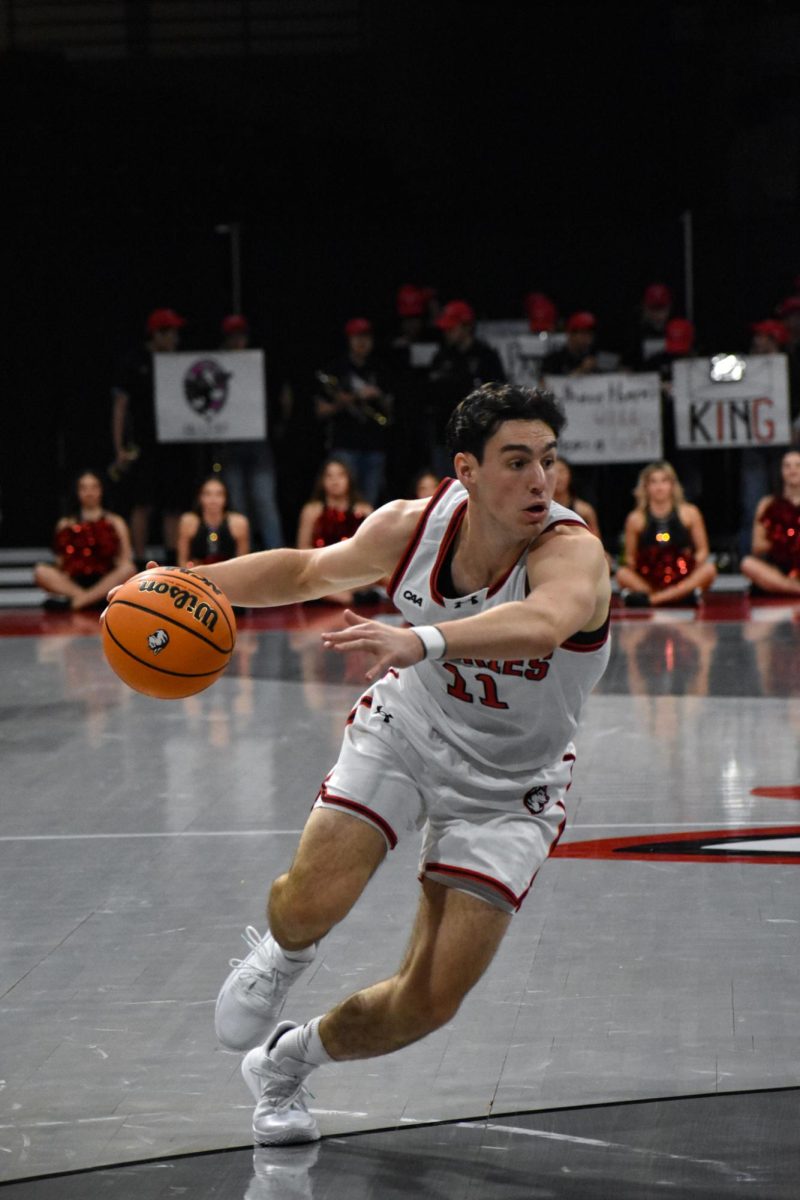By Aida Velazquez-Santiago
Samira Vargas, a 31-year-old security guard at the Museum of Fine Arts and up-and-coming Dominican designer, amazed critics at this year’s Boston Fashion Week. The Boston Globe called her designs “modern, forward and stunning.
Before transferring to the Massachusetts College of Art and Design, Vargas attended Altos de Chavón School of Design in La Romana, Dominican Republic, an affiliate of Parsons the New School for Design in New York City.
“I never thought I would touch a sewing machine in Boston, so for [The Globe] to say that tells me that all my work is paying off,” she said.
Growing up in the town of Jarabocoa in the Dominican Republic, Vargas’ father always told her to first focus on her career, which is one of the reasons she gives for being 31 and single, she said.
“Until I feel that I am a professional at what I do, I won’t do anything else. I will do things one at a time,” said Vargas.
Vargas’ designs are anything but unilateral, and her mixture of textures is what makes her stand out.
“I really like the way she combines different fabrics. Especially her innovation in combining leather with other softer materials, like chiffon,” said Nataliya Yermolenko, a model and fashion design major at Massachusetts College of Art and Design, “she is one of the few designers that does this.”
Inspired by the instruments used in meringue, Vargas set out to create a collection that would ease her nostalgia.
“You don’t appreciate your country until you leave it,” she said, “Being with your people, that is priceless.”
Using earth tones, she modeled her collection around a metal percussion instrument called a “güira,” a two-sided drum made from goatskin and wood named the “tambora,” and the accordion.
For Vargas, inspiration is not just about seeing something and feeling inspired.
“I’m emotional when it comes to inspiration,” Vargas said. “I have to have something more than inspiration to work. I like to have fun with what I do. My inspiration has a lot to do with that.”
Vargas said when she didn’t like the fashion trends back home, she would make her own accessories.
“I used to make my own purses because I usually didn’t like the ones I saw in stores,” she said. “People would stop me and ask where I got my purse from, and I would tell them I made it. Then they would ask if me I was in the fashion industry, and I would tell them no. Finally, they would laugh and say that I should get involved in the fashion industry, so I did.”








